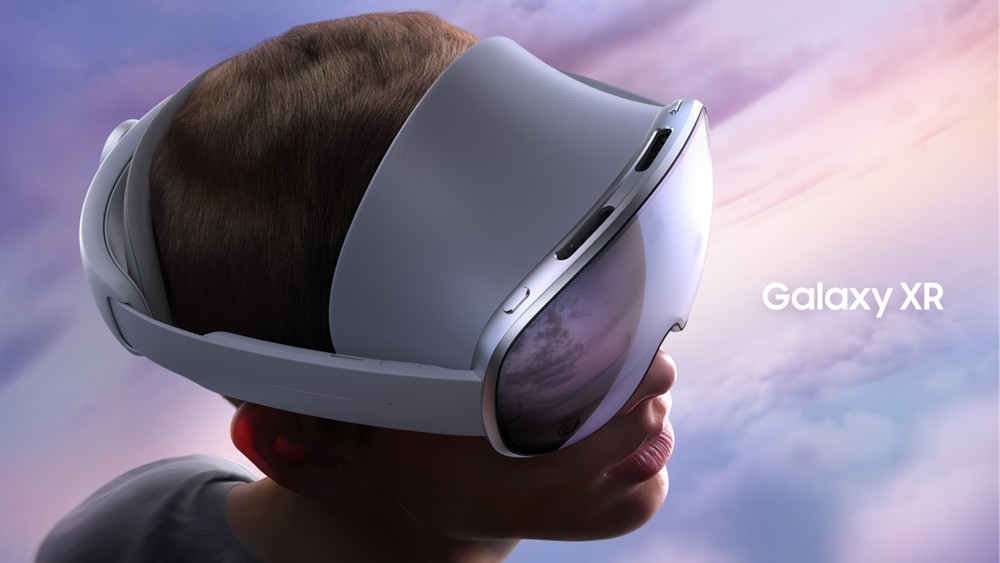Is Samsung Galaxy XR The Next Frontier in Extended Reality?
When Samsung officially unveiled the Galaxy XR on October 21 2025, it marked a bold new chapter for immersive computing. Positioned as the company’s first major headset built on the Android XR platform in partnership with Google and Qualcomm, the Galaxy XR integrates high-end hardware, generative-AI capabilities and an open ecosystem strategy. According to Samsung’s press release describing the device as “the first product built on the new Android XR platform” the company sees this headset not just as a gadget but as “a new category of AI-native devices” that will redefine discovery, play and productivity.
From the earliest hands-on reviews and creator impressions, the appeal is clear while the challenges remain. At a launch price of USD $1,799 in the US and South Korea, the Galaxy XR undercuts the industry flagship Apple Vision Pro while promising a broader, more open platform for Android apps, spatial computing and mixed-reality experiences.
A Feature-Rich Vision for XR
Under the hood, the Galaxy XR is powered by Qualcomm’s Snapdragon XR2+ Gen 2 chipset and paired with 16 GB of RAM and 256 GB of internal storage. According to 9to5Mac’s early coverage, the dual micro-OLED displays achieve a resolution of 3,552 × 3,840 per eye (≈27 million pixels total) and support refresh rates up to 90 Hz. Samsung’s hardware receipts also emphasise integration with Google’s Gemini AI, hand-tracking, eye-tracking, and a detachable battery pack that supports approximately 2 – 2.5 hours of active use.
Reviewers at Android Central observed that the headset delivers a “laptop for your face” experience with quality hardware, comfortable ergonomics and software that finally blends existing Android mobile apps into spatial windows. They noted that Samsung had “absolutely nailed the hardware” but still cautioned the broader XR ecosystem and content pipeline would determine success. Meanwhile in Reddit forums such as r/virtualreality, early users praised the weight distribution, hand and eye tracking and display clarity, while voicing concerns about strap-design comfort and the price barrier.
Platform Openness Meets Real-World Trade-Offs
One of the Galaxy XR’s most interesting differentiators is its reliance on the Android ecosystem. Google’s blog post states that “all apps built on the Android platform work right out of the box” on Galaxy XR and that OpenXR, WebXR and Unity support ensure developers have an easier path to build for this device. That openness contrasts with closed systems from rivals, positioning Samsung as the first meaningful alternative in mainstream mixed reality.
However, critics highlight that hardware excellence doesn’t guarantee user adoption. Engadget described the device as “a smarter, more open take on Apple’s Vision Pro” yet raised concerns about real-world battery life and whether everyday consumers will justify the headset’s premium cost. At USD $1,799, the Galaxy XR is far more accessible than many competitors, yet only time will tell if the platform will attract sufficient user and developer momentum.
What Early Impressions Tell Us
Content creators who received preview units highlighted the vivid 4K micro-OLED visuals and precise tracking as major strengths. UploadVR’s first-impressions piece praised the display as “on par with Apple Vision Pro, perhaps a tad sharper,” and described the passthrough video and gesture control as leading among current headsets. On the flip side, user discussions surfaced issues around fit, comfort and the practical ergonomics of wearing a tethered headset for long sessions. As one Reddit user posted: “When looking up I feel a sharp pain on the bridge of my nose… strap design not great.”
From a content standpoint, creators emphasised how freedom of Android apps broadens the device’s appeal beyond gaming. The ability to run YouTube, Google Maps, Chrome and console-class experiences in a spatial environment was viewed as a differentiator. Samsung’s collaboration with Google and Qualcomm clearly emphasises that the Galaxy XR is not just a gimmick headset but the first step of an ecosystem that may evolve to smart glasses and lighter wearables.
Ambitious but With Key Questions
The Samsung Galaxy XR is unquestionably one of the most ambitious XR devices to date. With its flagship-grade displays, powerful chipset, integrated AI and an open Android-based ecosystem, it sets a high bar for what mixed reality headsets can offer. For early adopters, developers and XR enthusiasts, it provides a compelling glimpse into what “computing on your face” can become.
Yet for mainstream adoption, questions remain: Will the battery life, comfort, accessory cost and content ecosystem align with consumer expectations? Will the open-platform strategy translate into meaningful user value beyond early adopters? As the Galaxy XR ships and content begins to roll out, Samsung’s vision of XR as a new frontier of mobile-AI computing will face its biggest test—whether users integrate it into their daily lives or relegate it to novelty status.

